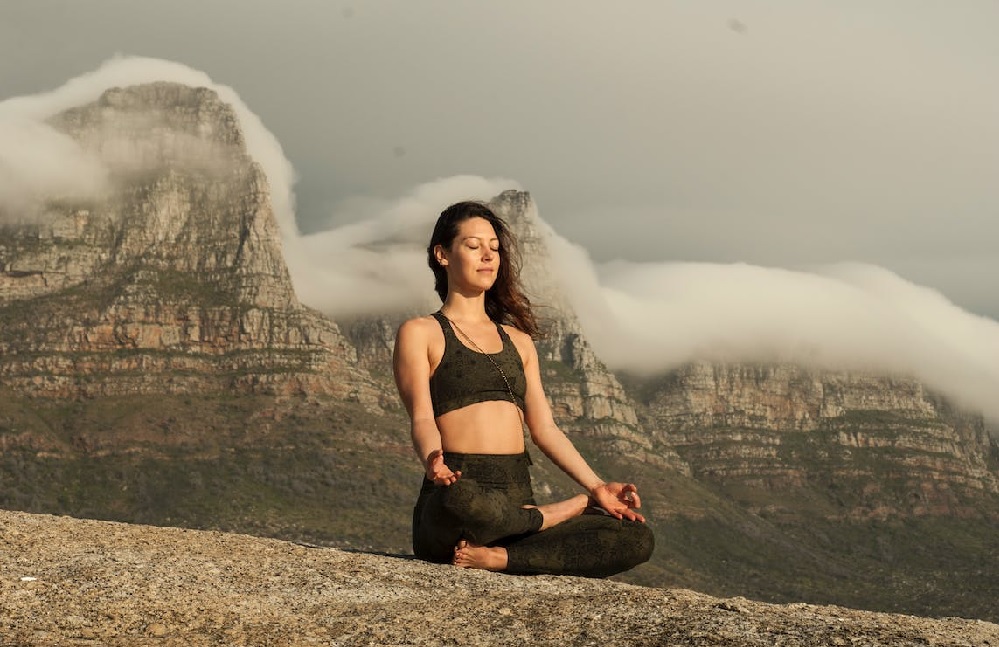The Art of Meditation: A Path to Inner Tranquility and Well-being
In the bustling rhythm of modern life, finding moments of peace and stillness is essential for our mental and emotional well-being. Meditation, an ancient practice that has stood the test of time, offers a pathway to achieve inner calm, clarity, and a sense of connection. In this comprehensive guide, we will explore the principles, techniques, and benefits of meditation, empowering you to embark on a journey of self-discovery and mindfulness.
Understanding Meditation:
Meditation is a mental exercise that involves focusing the mind on a specific object, thought, or activity to achieve a state of heightened awareness and inner calm. While the ultimate goal of meditation is to reach a state of tranquility, it is important to understand that meditation is a practice, not a quick fix. Consistency and patience are key components of reaping its benefits.
Preparing for Meditation:
- Choose a Quiet Space: Find a peaceful and quiet place where you won’t be disturbed. Creating a serene environment is essential for deepening your meditation experience.
- Comfortable Posture: Sit comfortably with your spine erect. You can sit on a cushion or a chair. The important thing is to maintain a posture that keeps you alert and relaxed.
- Clothing: Wear loose and comfortable clothing that won’t restrict your movement or cause discomfort.
Meditation Techniques:
- Mindfulness Meditation: Focus your attention on the present moment, observing your thoughts, feelings, and sensations without judgment. This cultivates awareness and helps in managing stress and anxiety.
- Breathing Meditation: Concentrate on your breath as you inhale and exhale. This technique helps in grounding your awareness and promoting relaxation.
- Guided Meditation: Listen to a recorded meditation guide or instructor who leads you through a visualization or relaxation exercise. This is helpful for beginners who might find it challenging to stay focused on their own.
- Loving-kindness Meditation: This practice involves generating feelings of love and compassion for yourself and others. It helps in cultivating a positive and compassionate mindset.
Steps to Meditate:
- Set an Intention: Begin with a clear intention for your meditation. It could be to reduce stress, increase focus, or simply find a moment of peace.
- Focus on the Breath: Inhale and exhale naturally, paying attention to the sensation of your breath. If your mind wanders, gently bring your focus back to your breath.
- Acknowledge Thoughts: Thoughts will arise during meditation. Instead of suppressing them, acknowledge them without judgment and gently bring your focus back to your breath or chosen point of focus.
- Duration: Start with a shorter duration, such as 5-10 minutes, and gradually increase it as you become more comfortable with the practice.
- End Mindfully: As your meditation session comes to an end, take a few deep breaths and slowly open your eyes. Take a moment to notice how you feel before resuming your day.
Benefits of Meditation:
- Stress Reduction: Meditation helps activate the relaxation response, reducing the production of stress hormones and promoting a sense of calm.
- Enhanced Focus and Concentration: Regular meditation enhances your ability to concentrate, improving your productivity and decision-making skills.
- Emotional Well-being: Meditation cultivates emotional awareness, helping you manage negative emotions and fostering a positive outlook on life.
- Mind-Body Connection: Meditation promotes a stronger connection between your mind and body, supporting overall health and well-being.
- Better Sleep: Practicing meditation can improve the quality of your sleep by calming the mind and reducing insomnia.
Maintaining a Meditation Practice:
- Consistency: Dedicate a specific time each day to meditate. Consistency is crucial for experiencing the long-term benefits of meditation.
- Be Patient: Meditation is a skill that takes time to develop. Don’t be discouraged by wandering thoughts; it’s a normal part of the process.
- Start Small: Begin with shorter sessions and gradually increase the duration as you become more comfortable.
- Experiment: Explore different meditation techniques to find the one that resonates with you the most.
Conclusion:
Meditation is a journey of self-discovery and inner exploration. It offers a sanctuary of stillness and self-awareness in the midst of life’s hustle and bustle. As you embark on your meditation journey, remember that each moment spent in mindfulness is an investment in your well-being. With patience, consistency, and an open heart, meditation can become a powerful tool for finding balance, clarity, and a profound sense of inner tranquility.

